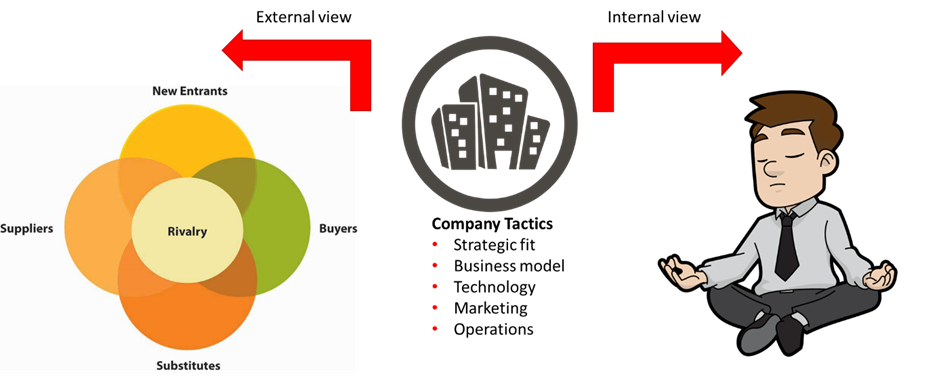The use of application programming interfaces or APIs for building and integrating application software, has made it markedly easier to add value to your company portfolio. It has also opened the door to new markets, with API adoption reaching almost every sector of activity these days. Still, not every organisation is ready to APIfy its business. And not all APIfication can be achieved in the same way.
Just as Shakespeare’s ‘Hamlet’ offers no ready-made answer to its protagonist’s famous existential question, there also is no ready-made recipe for introducing such a disruptive change as the use of APIs in your organisation. Adopting API necessarily involves a change in corporate culture. This will push your organisation to view the market from a completely different, even revolutionary angle. It’s a perspective that could lead your organisation to new and possibly unexpected target markets, incorporating new services and products into its portfolio as it goes along on that journey.
APIfication strategy
Because of the depth and impact of this change, an effective APIfication strategy has to be built on top of your corporate strategy. It serves as a vehicle for moving your company closer to its business goals.
Such a huge decision, “to APIfy or not APIfy”, can be successfully taken only when your organisation has answered three key questions:
- Why should we implement APIs?
- What do we want to achieve with them?
- How do we achieve this?
Just like Shakespeare with ‘Hamlet’, I cannot provide the answers to these questions for you. But I will try to offer you the keys that will enable you to answer them yourself.
Benefits of APIfication
An API by itself rarely generates value. The key is to study how APIs provide new ways to access and expand the existing value your organisation delivers. You can do so directly, for example by enabling a mobile app as a new access channel to your company’s products or services. But you can also do so indirectly, for instance through the integration in your company’s API ecosystem of a new partner who has the potential to foster new business models.
Keep in mind, however, that business APIfication is not only aimed at seeking new ways of increasing revenues from outside your organisation. The use of APIs can also provide internal benefits, as it simplifies IT backend systems and, properly managed, offers a plethora of KPIs and governance mechanisms.
Up to this point, we have identified two possible answers to the ‘Why?’-question:
- To conquer new markets (or reconquer existing ones)
- To improve current IT applications and/or systems
Taking a closer and broader look
Once it is crystal clear to your organisation that its next steps will be directed towards API Wonderland, the following question you need to answer is: what concrete outcomes do you want to achieve with these APIs, taking into consideration their impact on the wider business strategy of your organisation?
Answering this question suggests taking a really close look at your competitive environment, in the sense that Michael E. Porter states in his Five Forces Model, which I’ve attempted to summarise in the picture below:

Starting with the internal view, exercising some thoughtful introspection should help you identify which specific assets your organisation is built upon. And more importantly: how enabling access to these foundations via an API could improve your competitive position in the market. For example, social network providers such as Facebook, Instagram, LinkedIn and Twitter possess information about their subscribers, which can be used by third parties to offer personalised products or services to those subscribers. In such a scenario, an API to access all that data is extremely valuable. Thus, it is worth assessing whether your company also owns such gold-class information. And if so, to consider opening access to it through an API. (Of course, opening access doesn’t mean leaving it uncontrolled. In fact, one of the key aspects of APIfication is API Governance, a topic which unfortunately lies outside the scope of this article.)
The external view, on the other hand, refers to the shape of the competition within the industry your company belongs to. This macro-environmental description can also be analysed with Michael E. Porter’s famous Five Forces Model. That model is an important tool for adjusting your company’s strategy to suit its competitive environment and to improve its potential profit. In this case: through API adoption.
In my next blog post, I will address the third and final question you need to consider when planning APIfication.